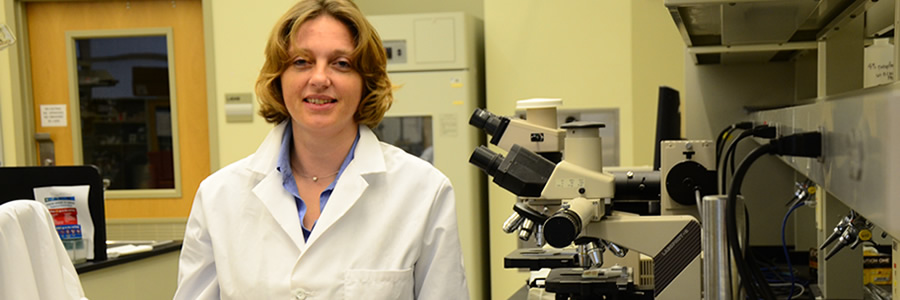Can your brain help you burn fat?

If only we could get a message to our bodies to burn off that excess fat we've been trying to rid ourselves of, right? It turns out you may not need a genie and a lamp for that. Instead your brain may hold the key to helping you burn off extra fat.
A new study that included work from Pennington Biomedical shows that there may be a way to convince our brains to instruct our bodies to burn more fat.
The secret seems to lay in the relationship between two hormones and how they interact with the brain. These two hormones are leptin and insulin, both of which are naturally produced by our bodies, but each play very different roles. Leptin is produced inside our fat cells, and it signals our brain to stop eating when we feel full. Insulin is created in our pancreas once we've eaten and our blood sugar begins to rise. The role of insulin is to distribute sugar from the bloodstream to various cells throughout the body which use the sugar for energy. In short, these hormones play a role in both hunger and metabolism.
So how do these two hormones interact with the brain to burn fat? That's what Dr. Tony Tiganis from Monash University in Australia set out to learn, alongside researchers from Harvard Medical School, the University of Pennsylvania, the Indiana University School of Medicine, the University of Toronto, and Dr. Heike Munzberg-Gruening from Pennington Biomedical in Baton Rouge.
Recently published in the Journal Cell, their paper, "Leptin and Insulin Act on POMC Neurons to Promote the Browning of White Fat," shows remarkable interaction between leptin and insulin in one particular type of neuron that works to transform fat cells.
Together, these hormones activate special appetite-suppressing proopiomelanocortin, or POMC, neurons. These POMC neurons send signals throughout the nervous system that actually cause fat cells to change color—from white to beige—resulting in excess calorie burning. The color is significant because white fat is often thought of as "bad" fat (the kind many people struggle to get rid of), while darker-colored fat like brown or beige fat is known to serve as a calorie burner.
Researchers previously found that exercise can transform white fat cells into beige fat cells—meaning more calories burned in the body—but scientists still wanted more information about what other processes might cause white fat to transform into brown fat.
What they found is that enzymes known as phosphatases serve as a middle man of sorts when it comes to leptin and insulin communications with the brain. The phosphatase enzymes suppress the actions of leptin and insulin; however, when that middle man was removed, leptin and insulin communications were enhanced, and thereby the body stored less fat tissue.
The result? When researchers studied genetically modified mice that lacked these phosphatase enzymes, the communication and fat-burning mechanisms worked better: the body increased storage of the calorie-burning beige fat and brown fat. Additionally, the mice without the enzyme did not gain weight, even while eating a very high-fat diet.
"This is an exciting finding and emphasizes the extensive interplay of hormones, like leptin and insulin, to communicate with essential brain functions that regulate our body's ability to control its weight and burn fat.," said Munzberg-Gruening.
In the future, this discovery could help researchers figure out new and innovative ways to help people lose weight, keep it off and to help prevent obesity altogether. It could even lead to medications that could target these enzymes that stand in the way of weight loss.
This new target for treatment may take years to develop, since the relationship between the hormones and the brain has yet to be studied in humans.
"We need to do quite a bit more research on the subject, but this discovery opens many doors for future research on the relationship between hormones in our bodies and the brain," said Munzberg-Gruening. "Our work here at Pennington Biomedical is all about finding innovative ways to help people live healthier lives, and this basic research provides the building blocks that we hope will allow people to move in that direction."
For more information on how you can support this and other projects at LSU’s Pennington Biomedical Research Center, visit www.pbrf.org.


